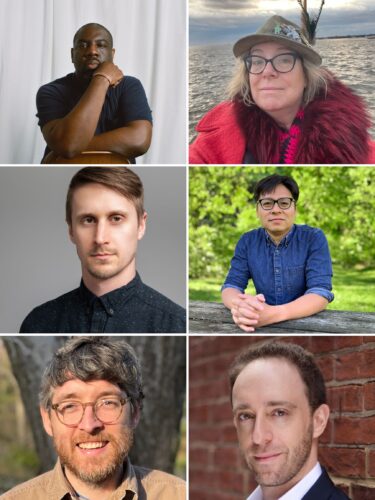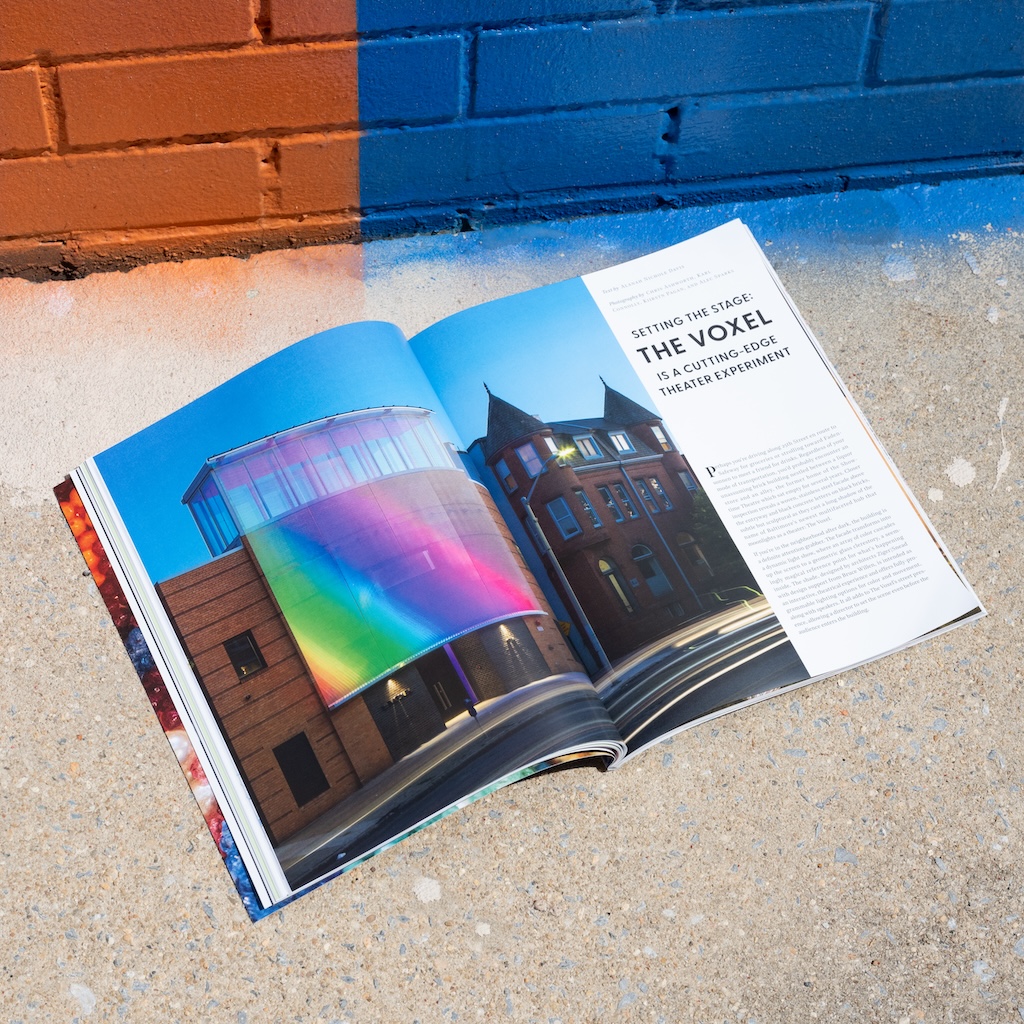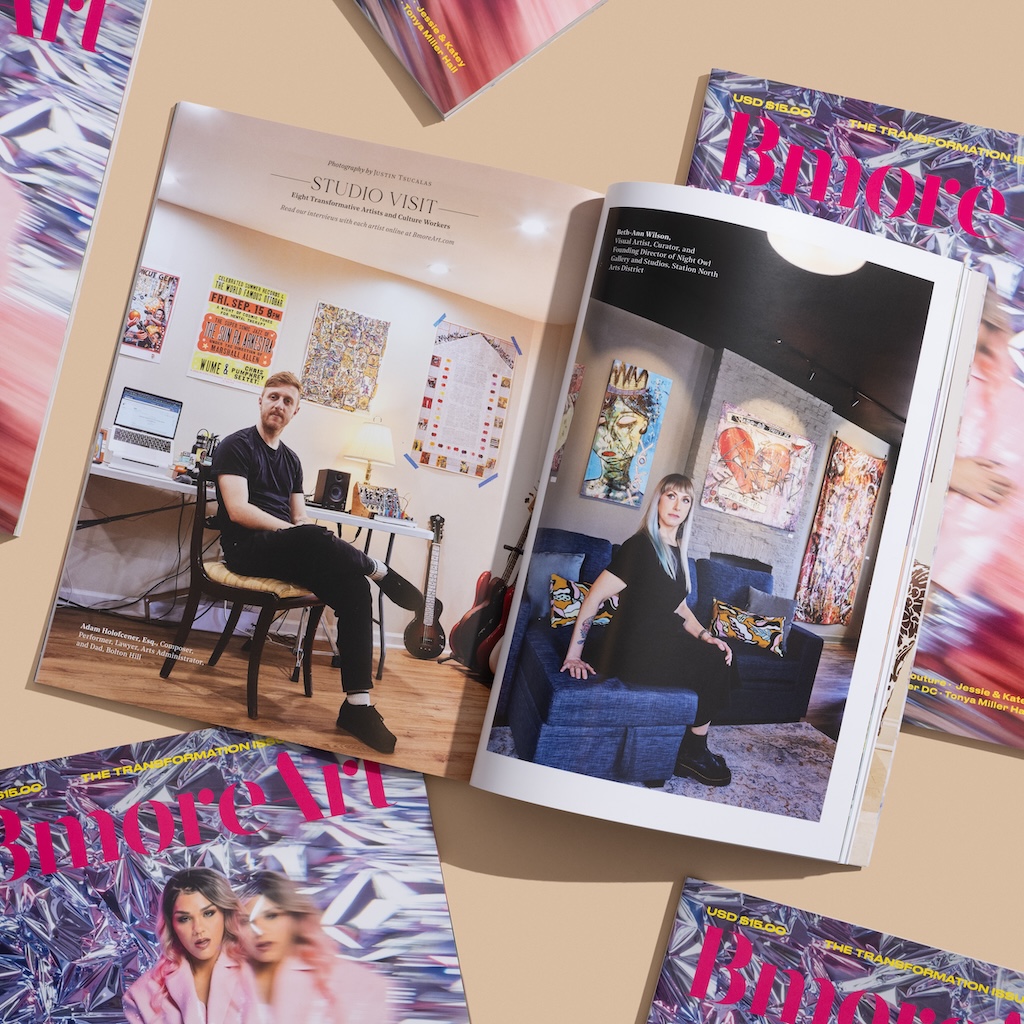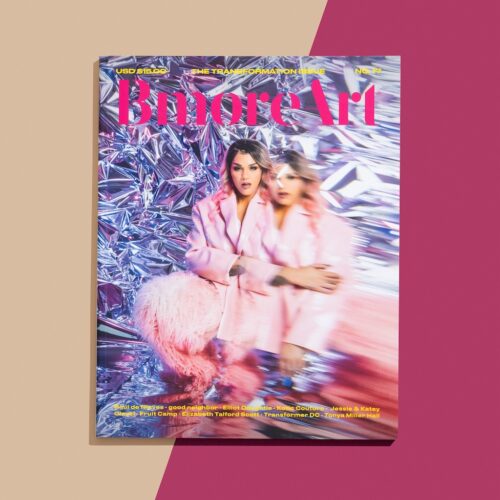Editor’s Letter: The Transformation Issue
A caterpillar’s job is to be ravenous. Some eat so much that they grow to 3000 times their hatch size in two weeks. When their skin will not allow them to grow any more, they find a quiet place to wriggle out of it and surrender to the chrysalis waiting underneath.
We all know this process ends with the manifestation of a magnificent new life form, but the most shocking part of this metamorphosis is that it only arrives after the resolution of an epic battle.
Inside the cocoon, the caterpillar digests itself into organic goo, while dormant “imaginal cells” begin to create a new organism. At first, these undifferentiated cells, which contain the blueprint for the entire butterfly, operate independently as single-cell organisms. The caterpillar’s immune system views them as a threat and attacks, killing them in waves, but these cells don’t quit.
They multiply and join together, forming clusters; they feed on the soupy remains of the caterpillar and pulse with shared information until the war is finally won. The imaginal cells cease to be individuals and bond into a multicellular organism, transforming into the butterfly’s eyes, legs, wings, and organs.
I was surprised at first that nature insists on a transformative process that is difficult, depletes energy, and takes time, rendering a butterfly more vulnerable than would seem necessary. However, it is the struggle that makes each organism stronger, ensuring that the imaginal cells survive as robust and highly functional entities. While the chrysalis can be romanticized as a peaceful oasis, biology reveals that it is chaotic and full of conflict.

















